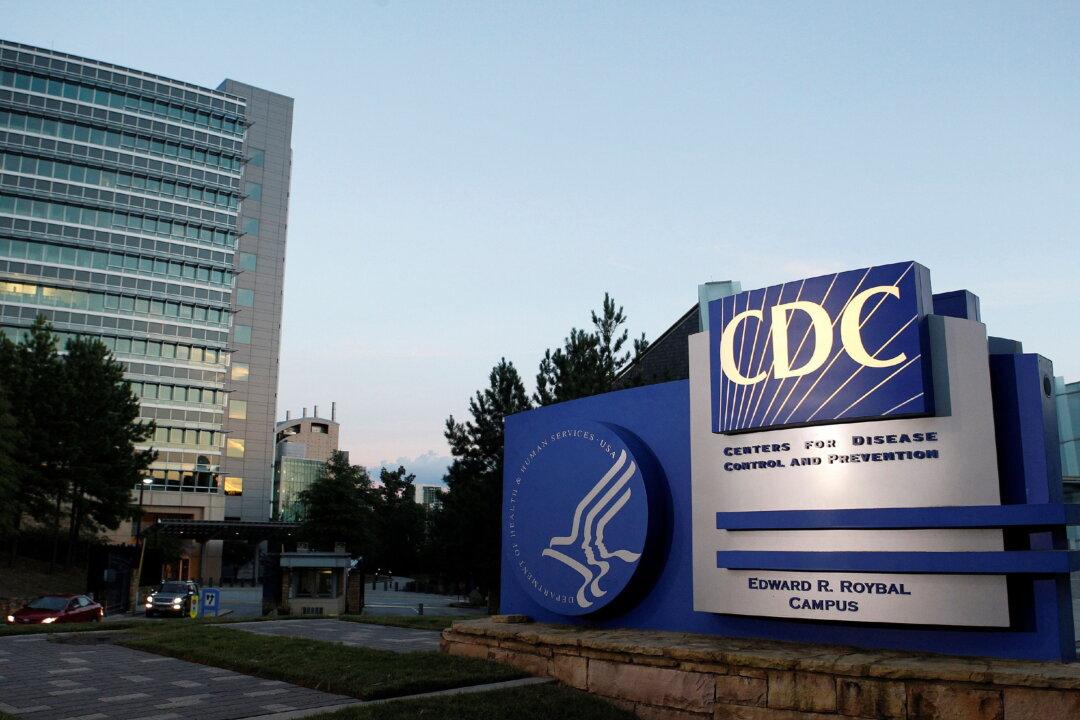A beta blocker eye drop that costs less than $10 may be able to help acute migraine sufferers by stopping the acute attacks from worsening or at least lessening their intensity, according to several ophthalmologists.
The doctors find that timolol eye drops (0.5 percent) that are approved for a certain eye disorder, when used off-label, are an effective and relatively safe treatment for patients with acute migraine when used immediately after symptom onset.






